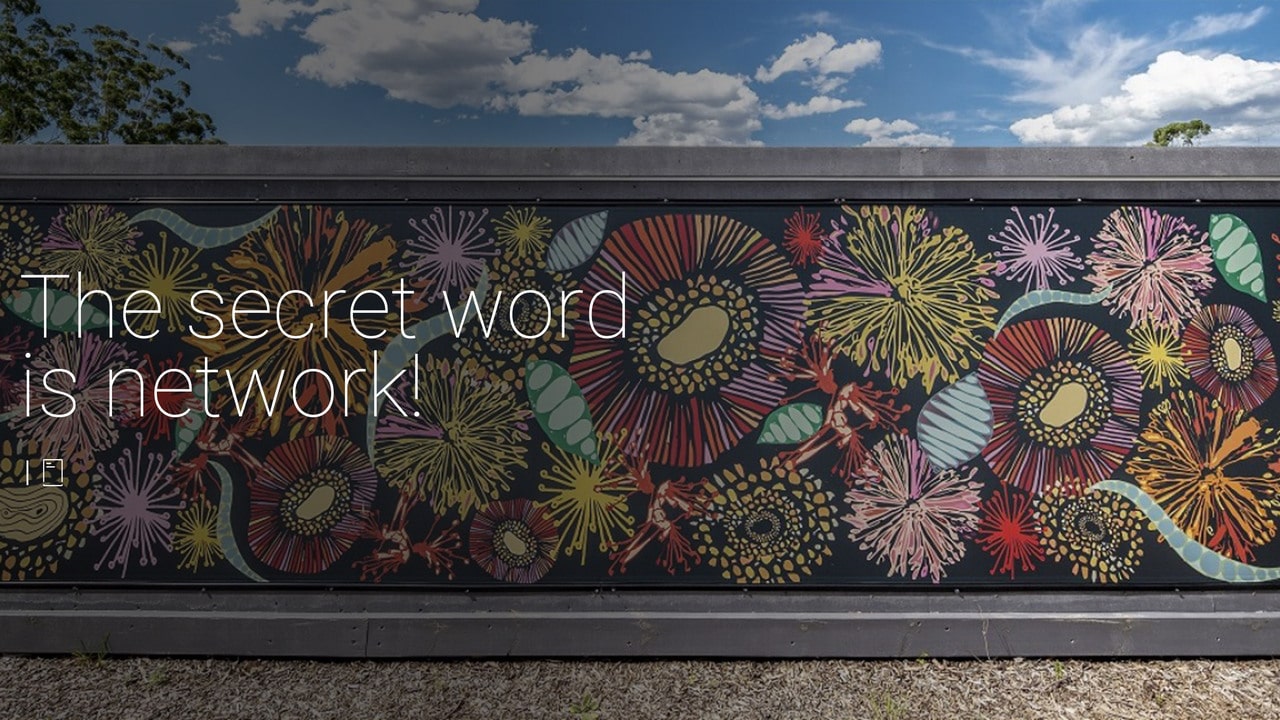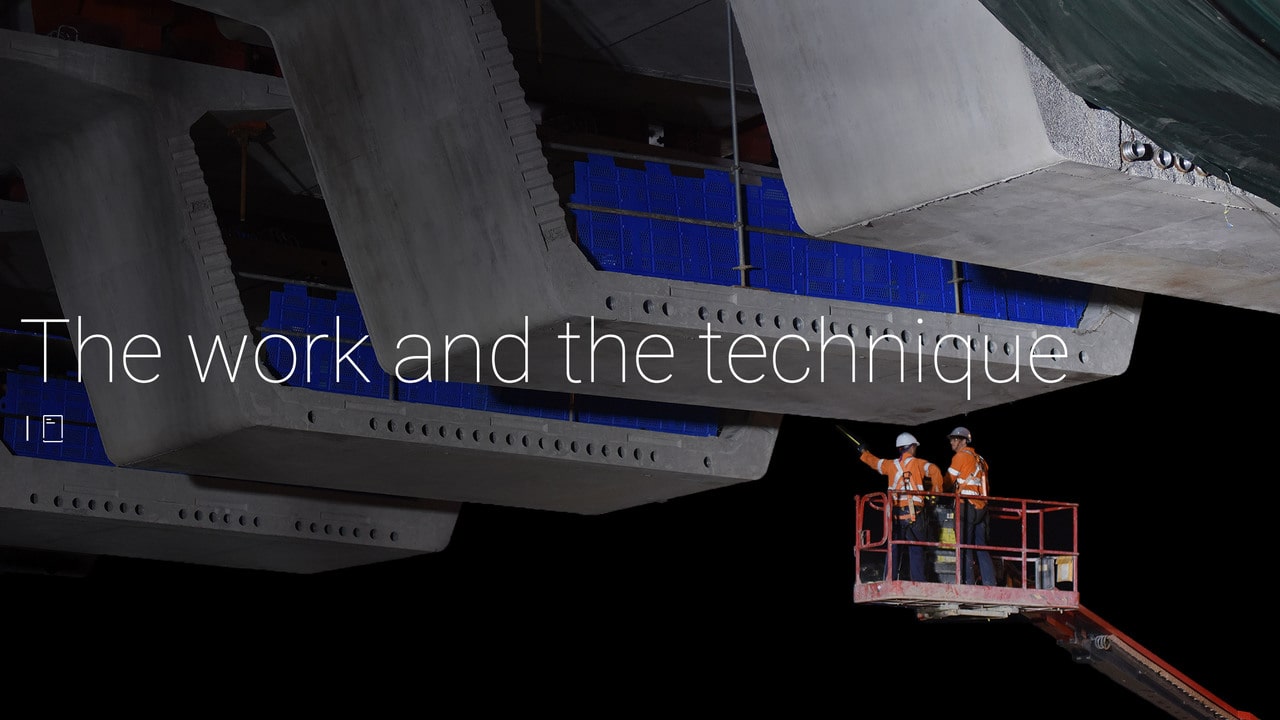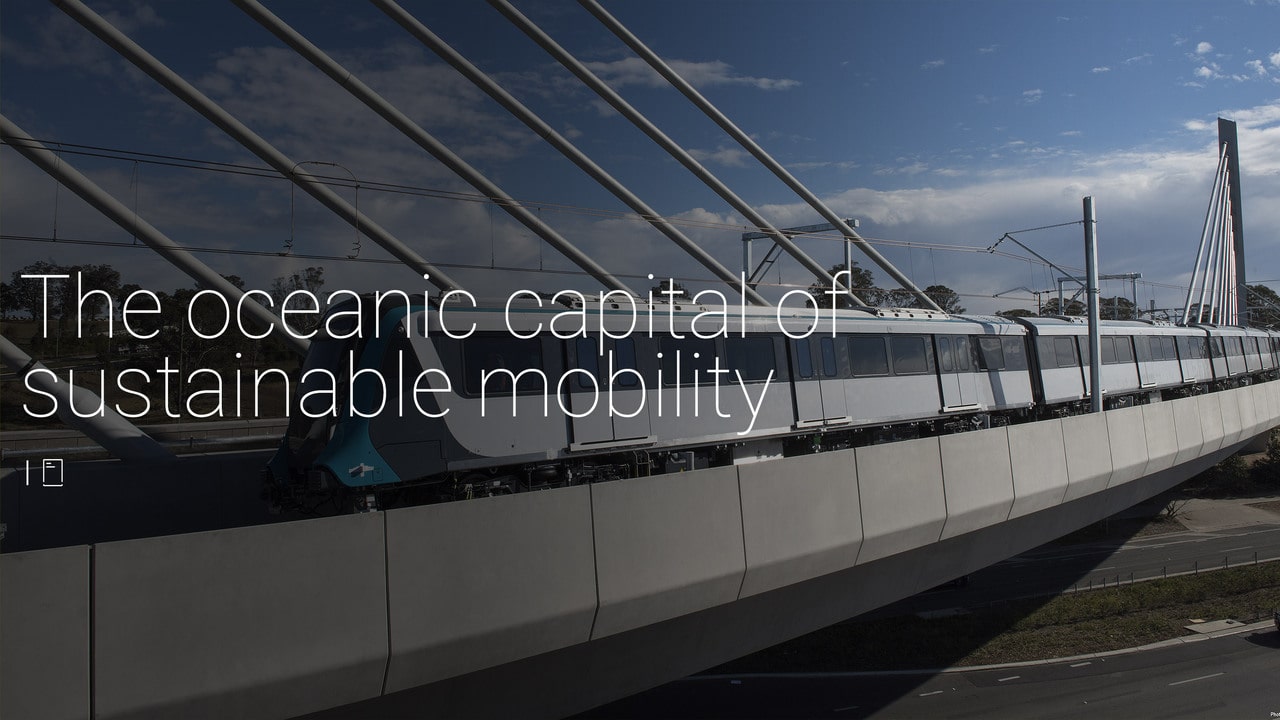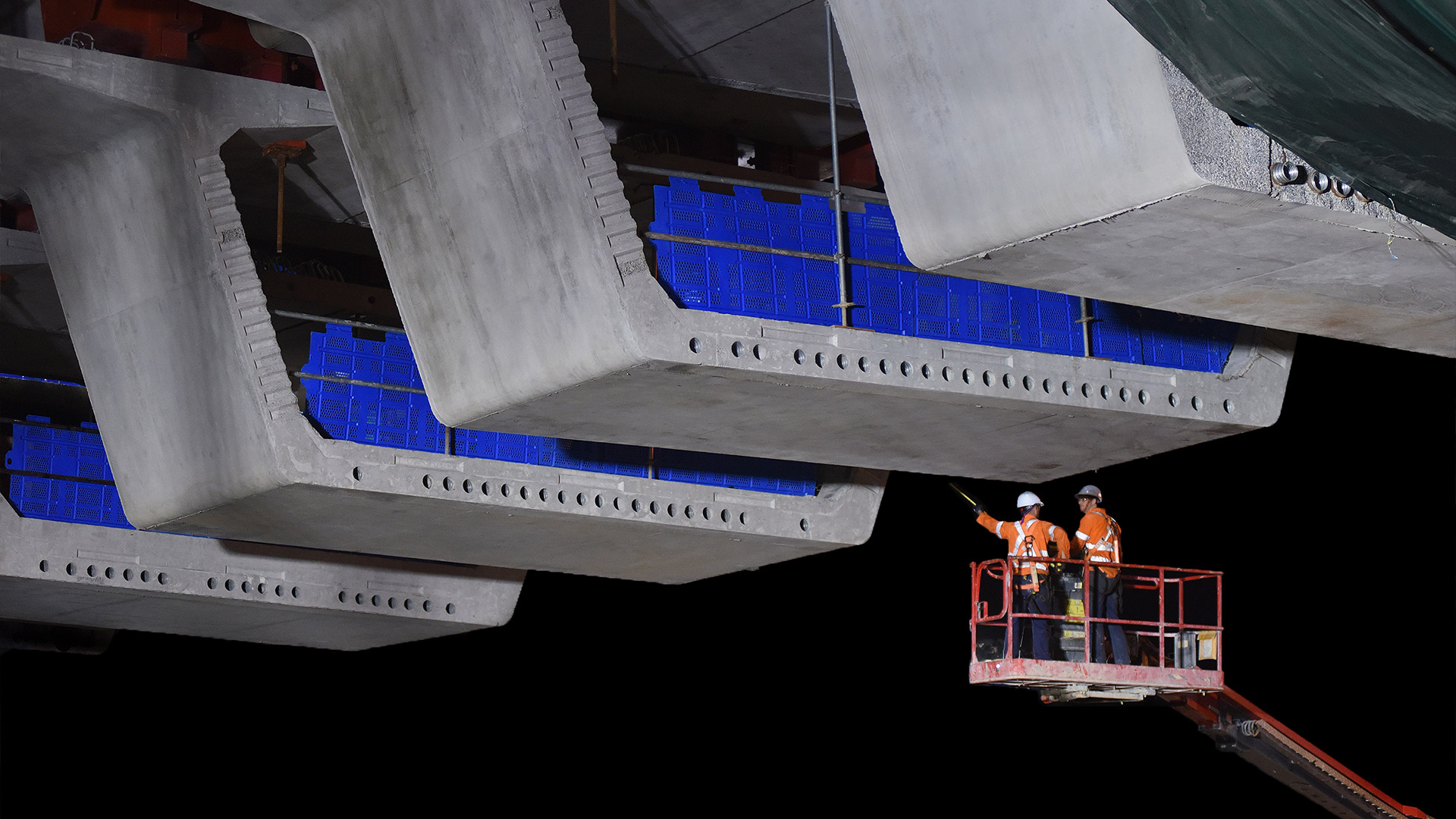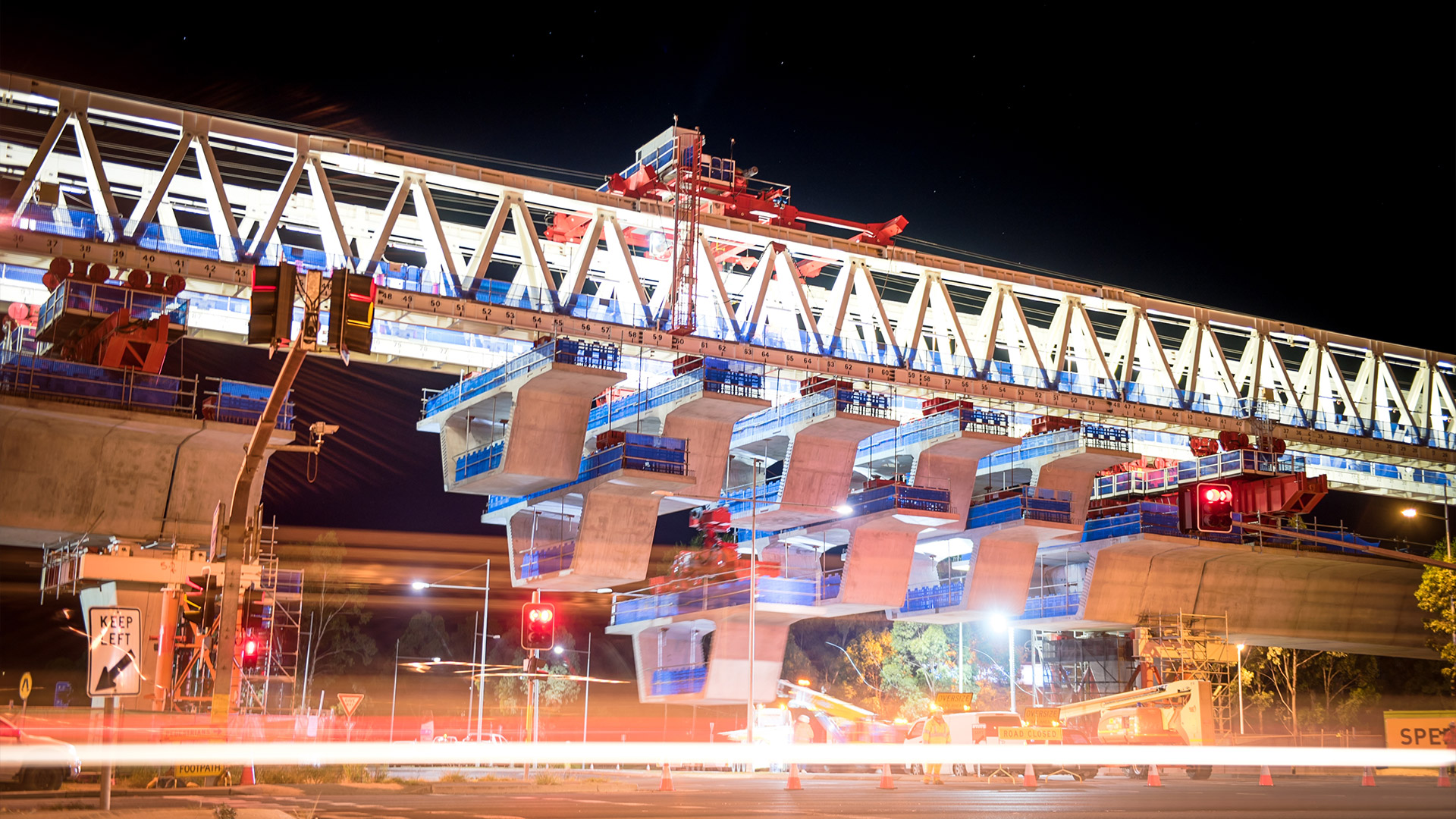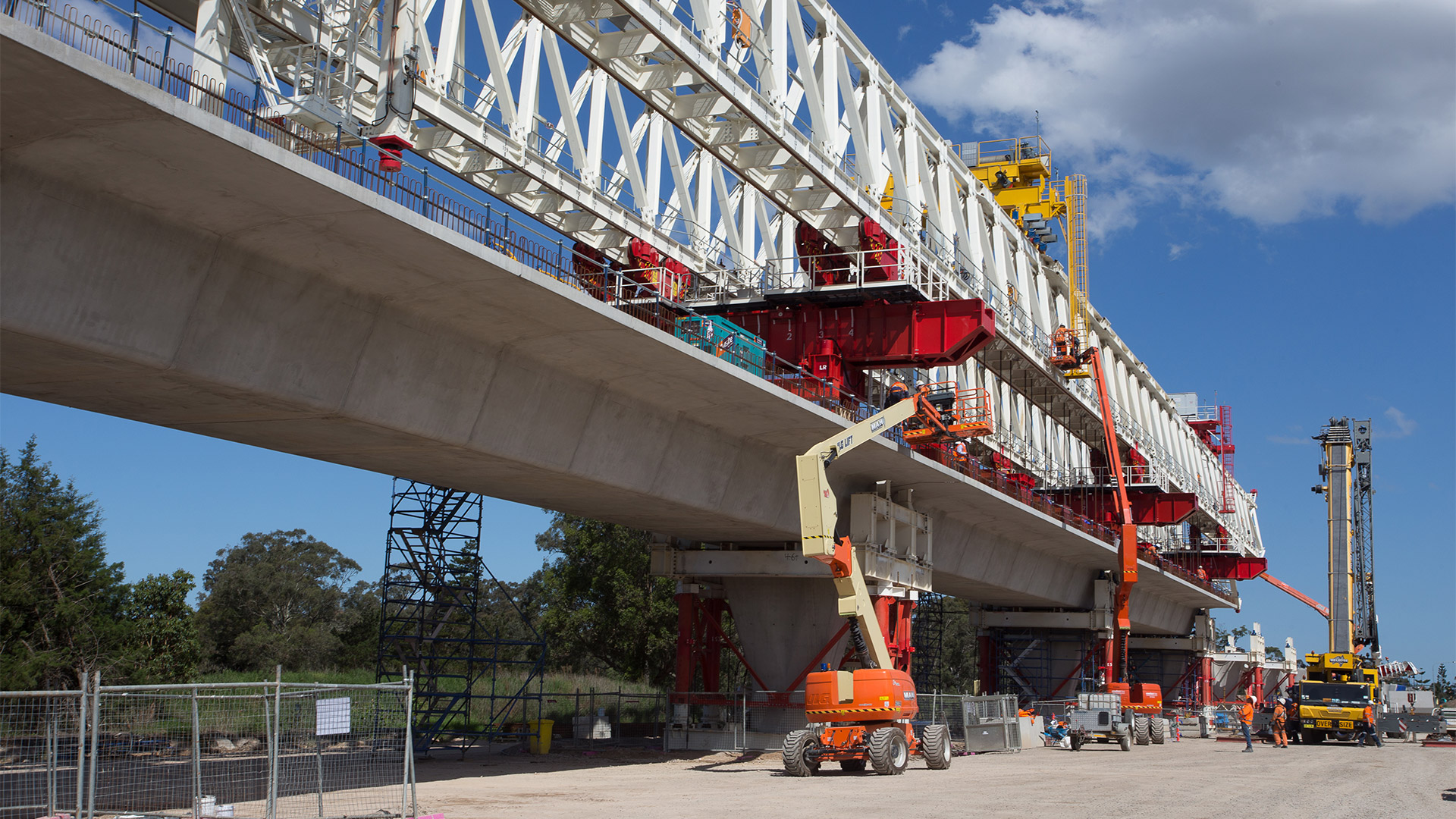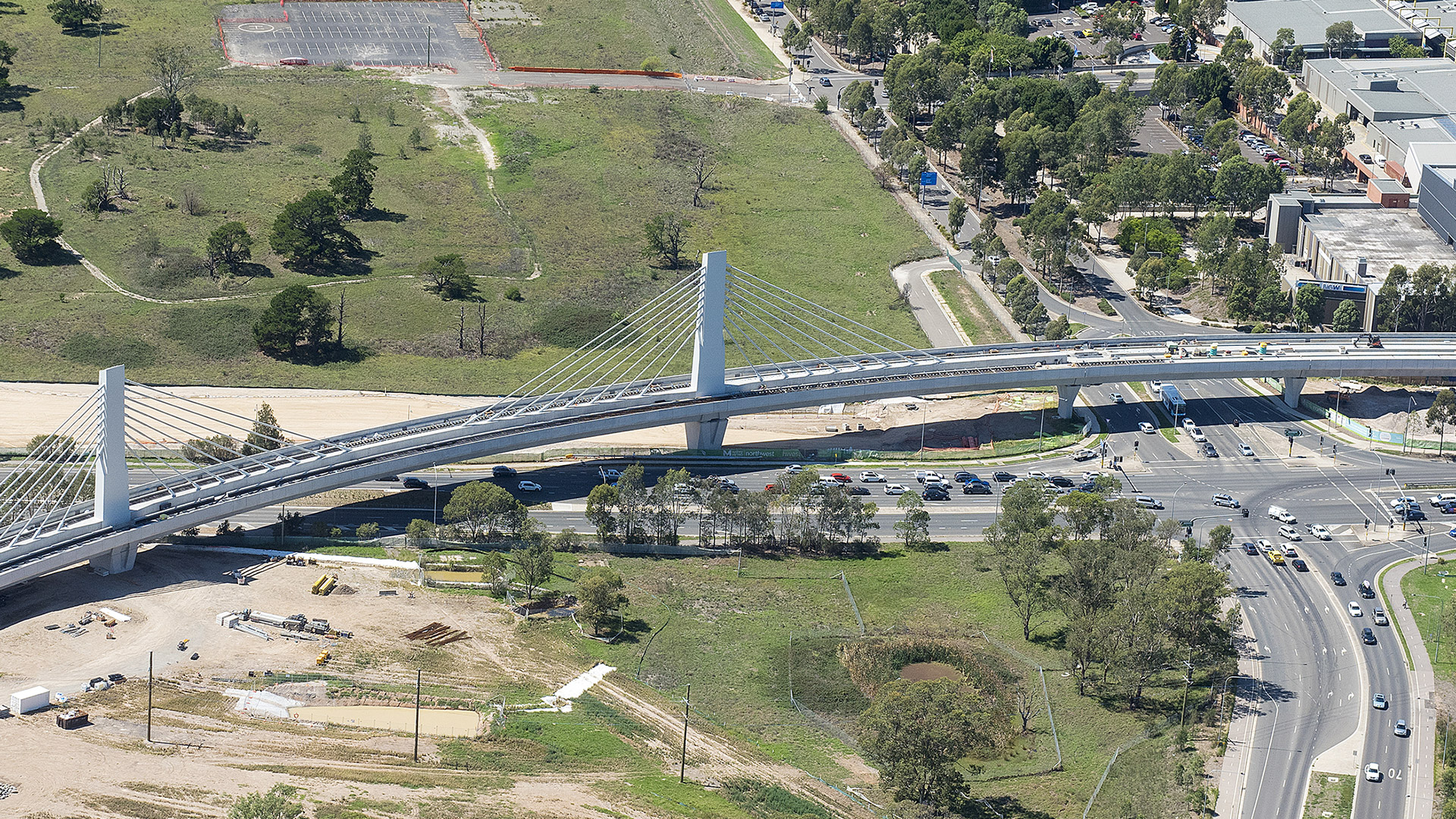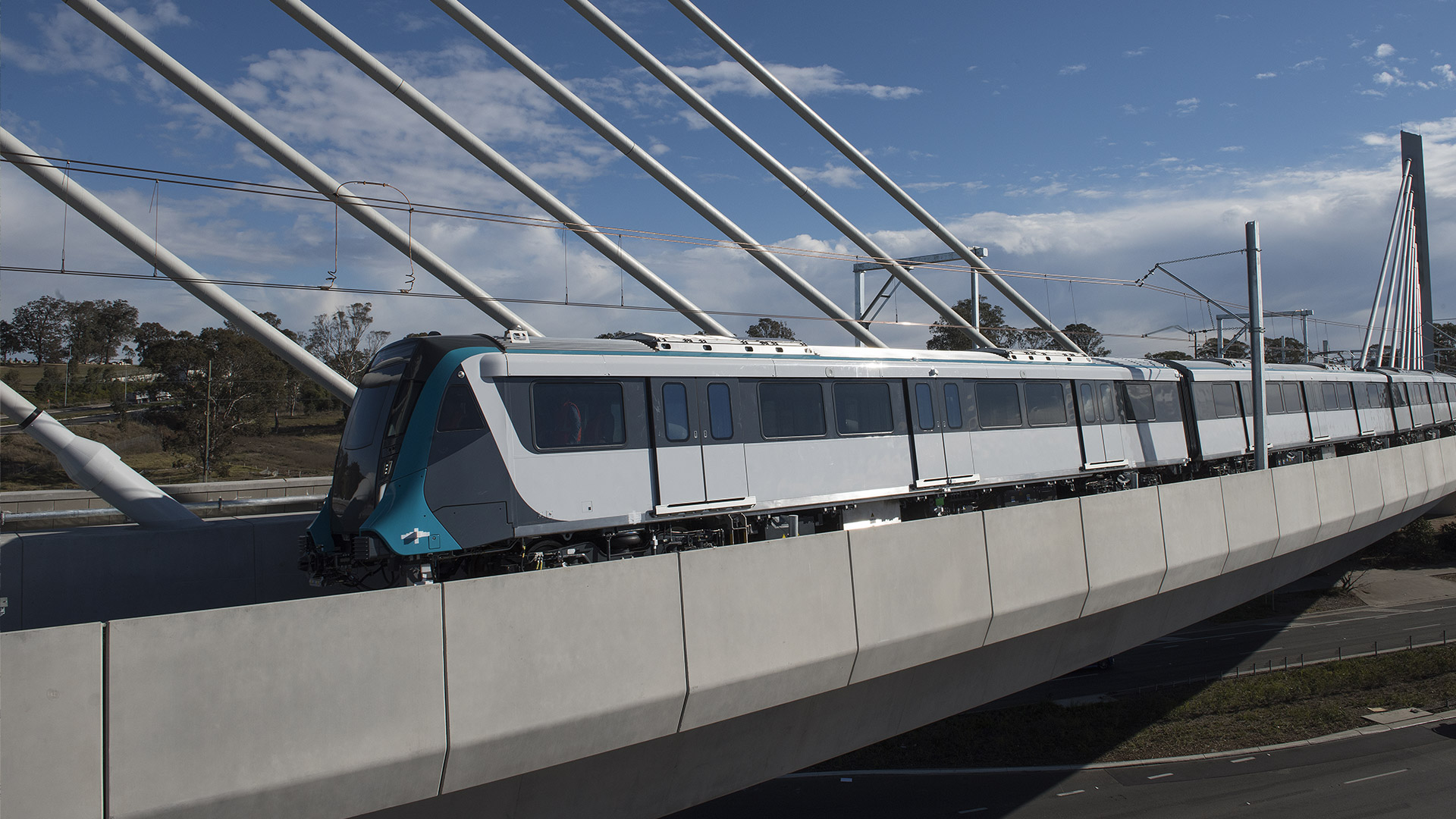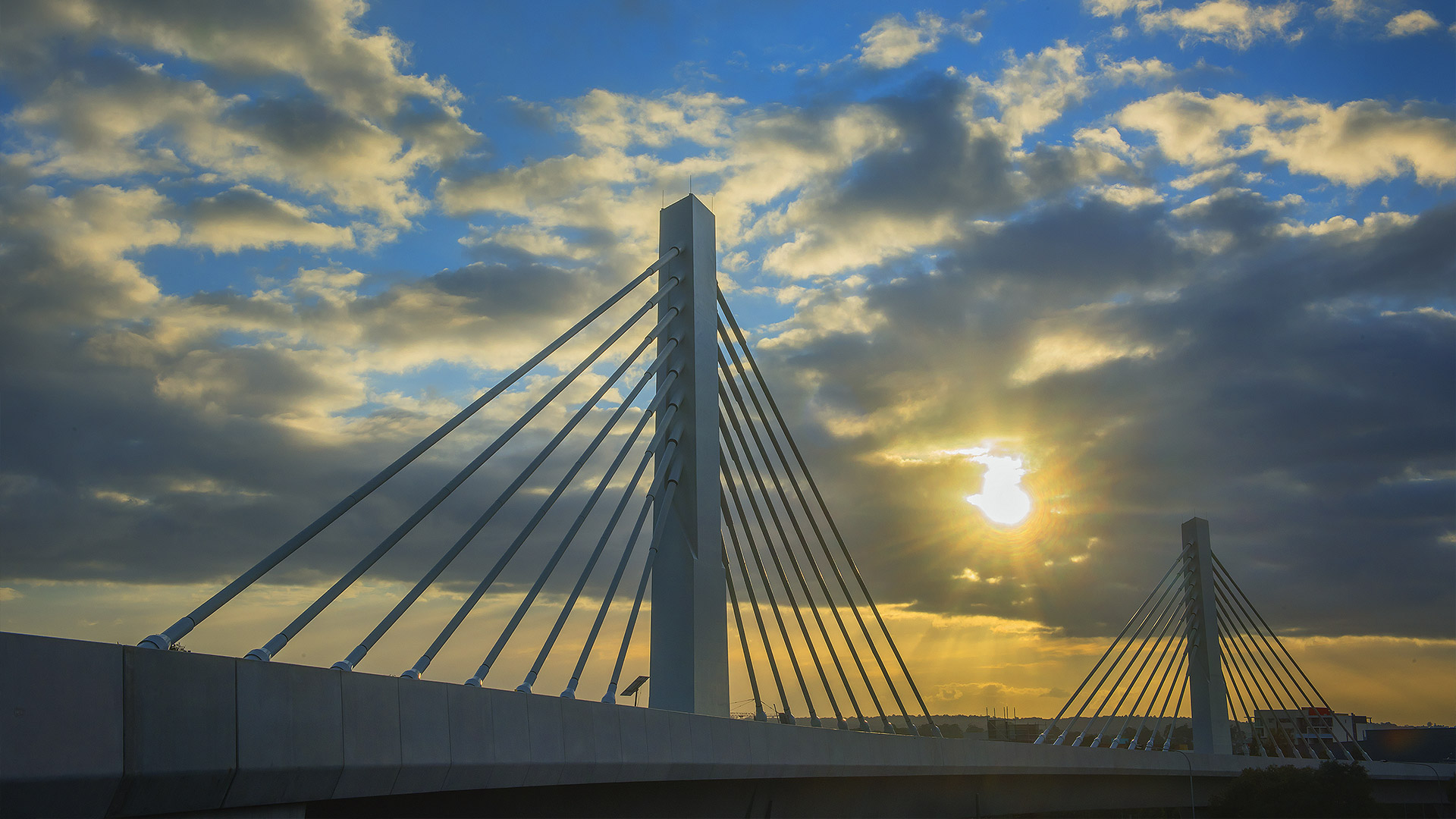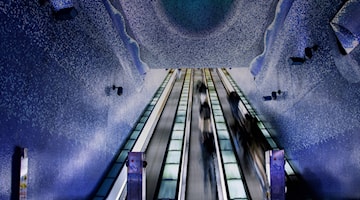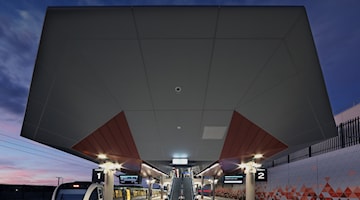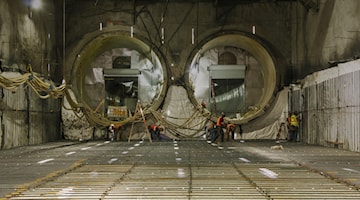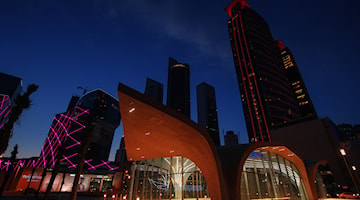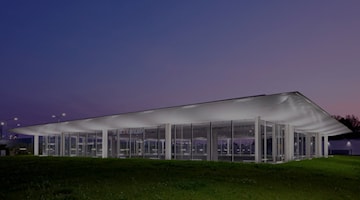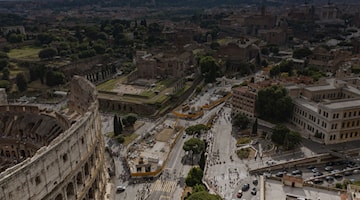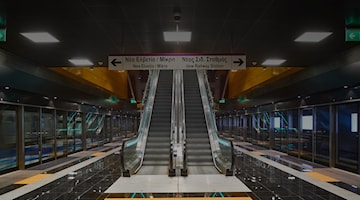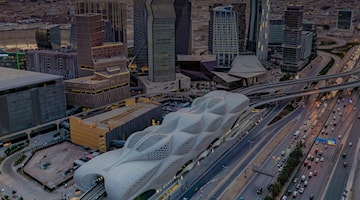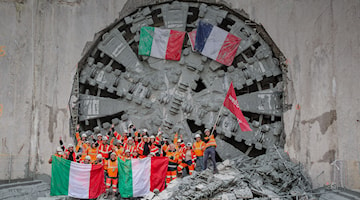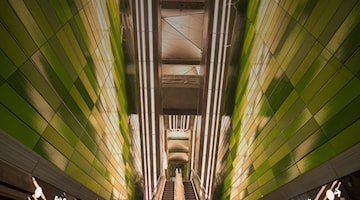A jewel named Skytrain.
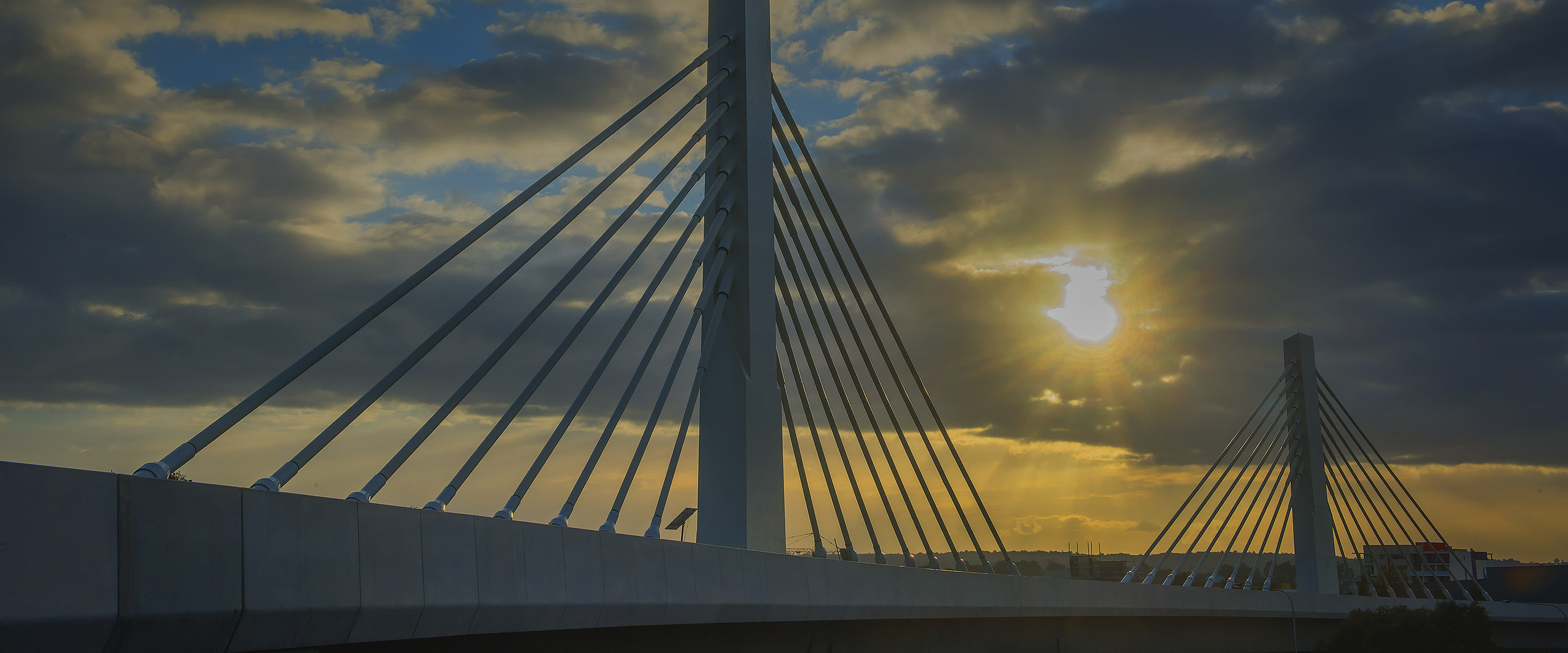
SYDNEY METRO NORTHWEST, AUSTRALIA
Sydney, is the translation of Sidonia (ancient Fenician city), was founded in 1788. Among Australia's largest cities, it's the most known of the new continent. Its symbol is the iconic architecture shaped like a sail near the port, the Sydney Opera House. With Melbourne, it fought to become Australia's capital. But as we all know, among two fighters, the third wins, Canberra was chosen instead.
Extending over 12,368 square kilometres with 5.3 million inhabitants (called Sydneysiders), distributed in 300 suburbs and neighbourhoods, Sydney is Australia's most populated city, and a significant global cultural and economic centre.
Among the most significant infrastructures in Sydney's history, there's the Sidney Metro Northwest, the new metro line inaugurated in 2019, the largest project since the Harbour Bridge (built almost a century ago...).
The new line is part of the larger project (ongoing) of the Sydney Metro West, which connects the Sydney City Centre with Westmead, in the western suburbs of Greater Sydney, the third and last line, thanks to which the Sydney Metro will become the largest metro in Australia.
Measuring 36 km in length, the Sidney Metro Northwest connects, for the first time, the city centre to the northwestern area of the city, where the largest number of vehicles pro capita in entire Australia move around. This determined a very huge amount of time lost in the traffic (40 minutes every 100 km) an in terms of environmental pollution, to calculate considering an average growth of 100 thousand residents every year. And 45% of residents who must use a car to go to work and work, against the 30% who chooses instead public means of transport.
With trains passing every 4 minutes in peak hours (+60% compared to 2018) and a transport capacity up to 46 thousand passengers every hour, the new line determined 45 thousand fewer vehicles circulating every day. Elegant and innovative, the Sidney Metro Northwest, the first to have driverless trains in the Country, connects Chatswood to Cudgegong Road.
Works, between the Bella Vista and Cudgegong Road stations, have at their heart one of the most innovative elements: the Skytrain, a viaduct that is 4 km between Bella Vista and Rouse Hill, composed of 1,200 prefabricated segments, assembled with innovative technologies capable of launching or raising blocks measuring over 60 metres in length.
The viaduct also includes a 270-metre-long cable-stayed bridge (with a 131-metre central span, 32 steel cables weighing 550 tons each, and two 40-metre-high towers).
When this set of works was carried out, from 2014 to 2018, other civil works, among which 8 new stations and 4 thousand parking spaces, were also built.
Amongst the numerous awards given to the project and the construction site, there's the US «Project of the year» 2018 award. Attention to sustainability was paid also during works: i.e. building girders with innovative mixes capable of reducing CO2 emissions.

THE WORK AND THE TECHNIQUE
MT CENTRAL SPAN
KM LENGTH OF THE VIADUCT
STEEL CABLES FOR A WEIGHT OF 550 TONS
MT HEIGHT OF THE TWO TOWERS
STATIONS
TfNSW (Transport for New South West)
SMEC (Snowy Mountains Engineering Corporation)
Salini Impregilo now Webuild
AWARDS
Maximum rating in sustainability terms assigned to the Infrastructure Sustainability Council of Australia (ISCA) in 2015 (design) and 2017 (construction);
2018 Project of the Year assigned during a gala from Engineering News Record (ENR), the prestigious US construction magazine;
2018 Global Best Project reserved to the railway sector;
Project of the Year 2020 during the National Infrastructure Awards 2020.
The Sydney Metro Northwest represents the first phase of the ambitious network of metro lines of the Sydney Metro, the largest public transport work in Australia's history.
The infrastructure project consists in building the new metro line North-West of the city to connect Chatswood station with Cudgegong Road.
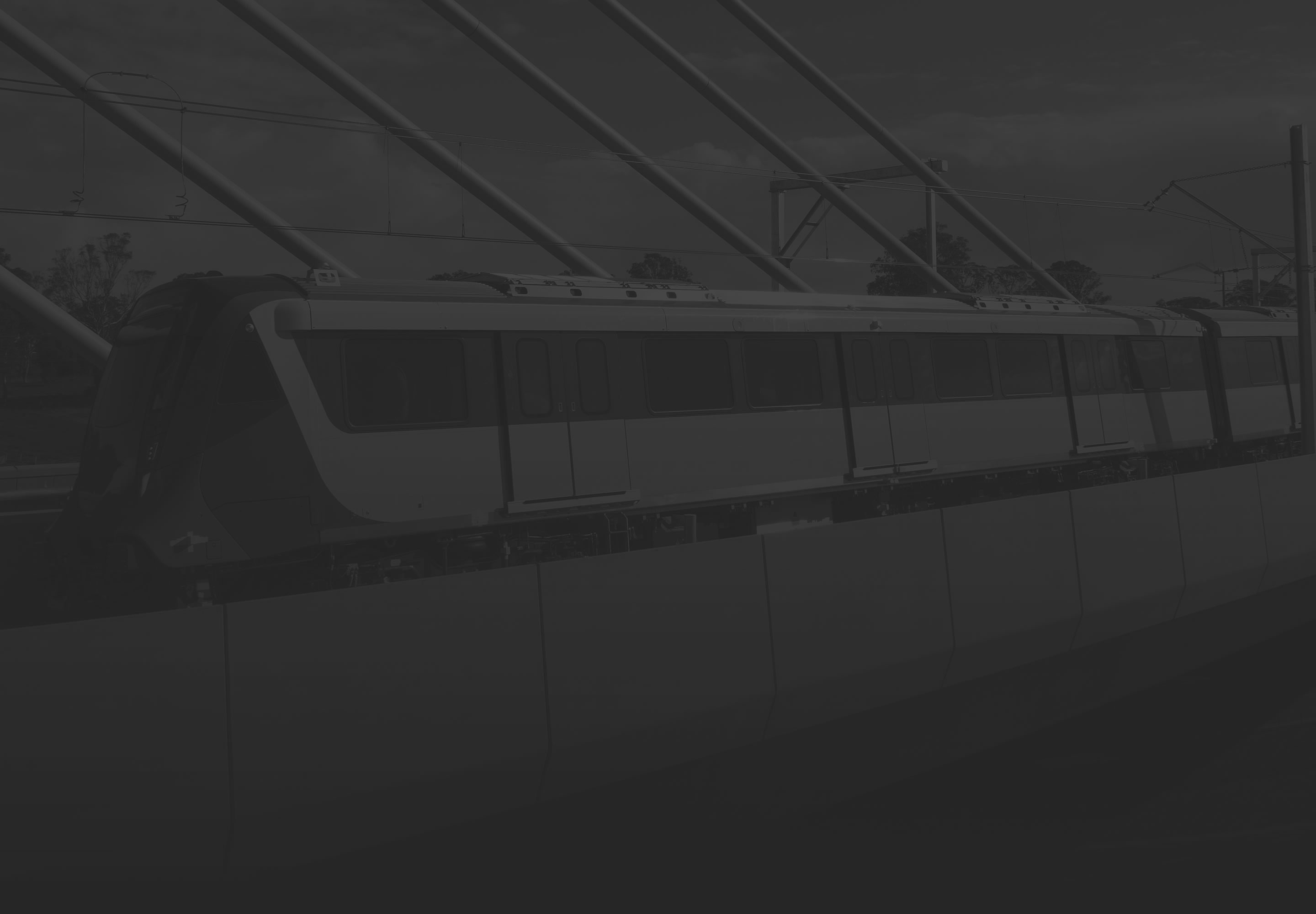
CULTURAL INSIGHTS
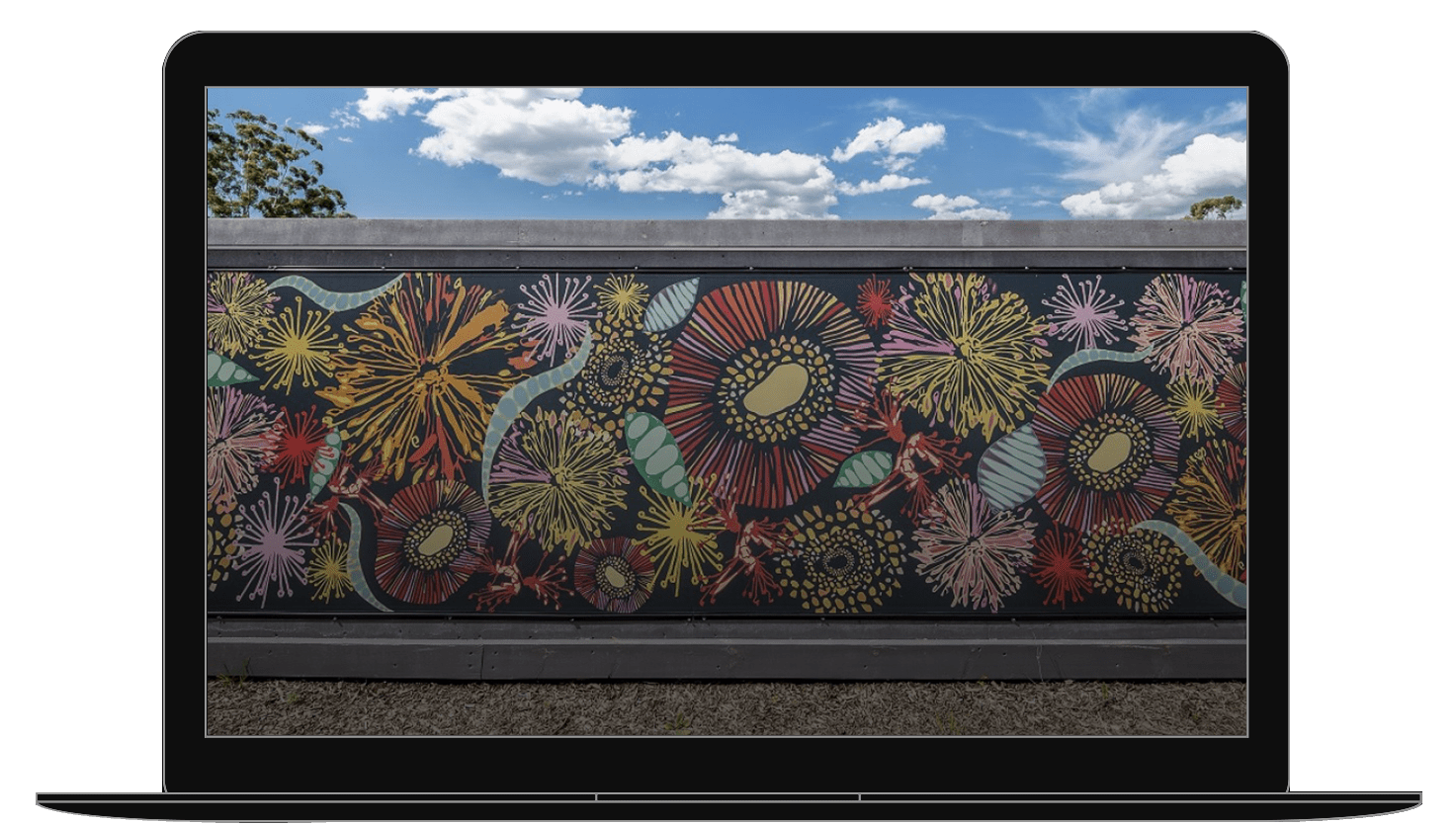

The oceanic capital of sustainable mobility
Lowering the impact of private traffic is a multi-strategic objective for Sydney, as it allows reducing traffic congestion and the related polluting emissions and increasing the use of public means of transport and soft mobility: during December 2022, 45% of inhabitants declared that they moved around the city for work with their cars, and only 30% travelled by trains, metros, trams and buses, for more than 2 hours every day.
At the same time, the development of public means of transport supports the elevated demographic and urban growth of the capital of New South Wales city: Sydney also registers the quickest demographic growth,considering that since 2007, every year, it increases by more than 1%, and has moved from the 4 million of 2007 to almost 5.2 million in 2024..
A good part of new syidneysiders is living according to more sustainable life models and are extremely attentive to the environment: if in 2017, only 7% of the population moved regularly by bike, in 20121, even due to the pandemic, this percentage has reached 20%. The same goes for regular walking - which is very connected to taking public means of transport - which has passed from 84% (2017) to 91% (2021). The National Walking and Cycling Participation Survey 2021 states that in Sydney it is estimated that only 3.2% of residents do not walk in a typical week. The survey also states that residents using bikes were approximately 35.7%.
You could also be interested in






